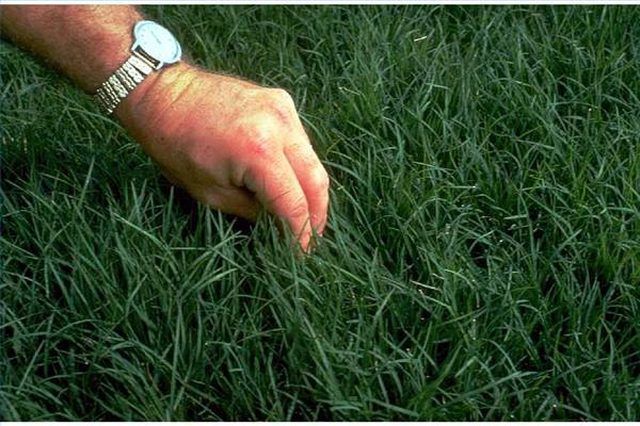Bulbs
Flower Basics
Flower Beds & Specialty Gardens
Flower Garden
Garden Furniture
Garden Gnomes
Garden Seeds
Garden Sheds
Garden Statues
Garden Tools & Supplies
Gardening Basics
Green & Organic
Groundcovers & Vines
Growing Annuals
Growing Basil
Growing Beans
Growing Berries
Growing Blueberries
Growing Cactus
Growing Corn
Growing Cotton
Growing Edibles
Growing Flowers
Growing Garlic
Growing Grapes
Growing Grass
Growing Herbs
Growing Jasmine
Growing Mint
Growing Mushrooms
Orchids
Growing Peanuts
Growing Perennials
Growing Plants
Growing Rosemary
Growing Roses
Growing Strawberries
Growing Sunflowers
Growing Thyme
Growing Tomatoes
Growing Tulips
Growing Vegetables
Herb Basics
Herb Garden
Indoor Growing
Landscaping Basics
Landscaping Patios
Landscaping Plants
Landscaping Shrubs
Landscaping Trees
Landscaping Walks & Pathways
Lawn Basics
Lawn Maintenance
Lawn Mowers
Lawn Ornaments
Lawn Planting
Lawn Tools
Outdoor Growing
Overall Landscape Planning
Pests, Weeds & Problems
Plant Basics
Rock Garden
Rose Garden
Shrubs
Soil
Specialty Gardens
Trees
Vegetable Garden
Yard Maintenance
How to Plant Jiggs Bermudagrass
How to Plant Jiggs Bermudagrass. Jiggs bermudagrass is a relatively new hybrid variety of perennial bermudagrass that was developed in Texas to tolerate less-than-ideal drainage and soil conditions. It is a rapid grower used both for decorative lawns and hay, though it is much less nutritious than other bermudagrass hybrids. It can easily be...

Jiggs bermudagrass is a relatively new hybrid variety of perennial bermudagrass that was developed in Texas to tolerate less-than-ideal drainage and soil conditions. It is a rapid grower used both for decorative lawns and hay, though it is much less nutritious than other bermudagrass hybrids. It can easily be planted with root rhizome, runner or plant top sprigs, or laid down in sod form. Jiggs bermudagrass seeds are sterile, so it cannot be grown from seed.
Create a firm, moist bed of quality soil that is free of roots, weeds and stones. Ensure that the soil bed is firm, but not overly compacted, or the roots will struggle to establish themselves. Use a 10-34-0 liquid fertilizer and add any necessary amendments to create slightly elevated phosphorus and potassium levels.
Plant Jiggs root sprigs or rhizomes from late winter through March. Bury the whole rhizome 1 1 /2 to 2 1/2 inches deep, with one end deeper and the other end of the rhizome just barely breaking the soil surface. Water the rhizomes in well.
Plant Jiggs' above-ground runners, called stolons, in soil that's approximately 3/4 to 1 inch deep. Plant runners from late spring to early fall. Water them well, but gently, so as not to uncover the runner.
Dig small holes with a hand trowel, or furrows with a hoe, and plant mature clumps of Jiggs bermudagrass grass to the existing soil line. Plant mature plant clumps from late spring through early fall, and water in well to support root establishment.
Roll out Jiggs sod onto moist, firm soil, butting edges tight to prevent dry out. Walk the sod or press firmly into place to make full contact. Water in the sod well.
Carefully monitor and water all of the new plantings on a consistent schedule in keeping with your climate and ground moisture levels for at least a month to support the root development at the new site.
Tips & Warnings
Fertilize established Jiggs bermudagrass with a nitrogen-based fertilizer once a year.
When transplanting sprigs of bermudagrass, keep them cool and moist. Soak sprigs that are harvested more than one day before planting in tepid-to-cool water for 10 to 16 hours before planting.